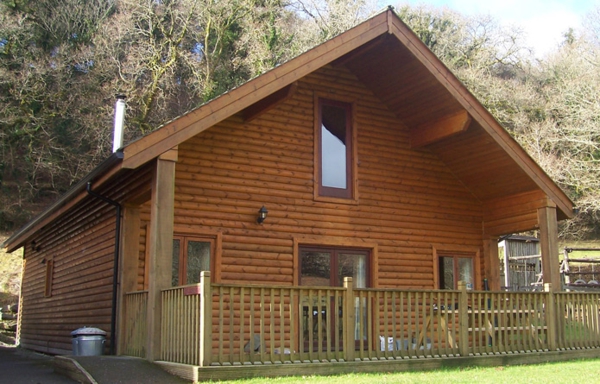Over the past few decades a snobbery has emerged about timber buildings. Some people think they are inferior to brick or concrete buildings. But that perception is changing now.
People have become much more environmentally aware and realise the importance of buildings and homes that cause the least environmental impact. People have also become aware of the amount of energy they use in their homes. Timber buildings address both of these issues as they are not only environmentally sound also ultra-energy-efficient.
Why bricks and concrete are bad
The building industry has been using brick and concrete to build buildings for decades. But both of these materials required digging up the ground and are not renewable. Therefore each new building that gets built causes more damage that can never be fixed.
Another significant problem with these building materiala is that they are not energy-efficient. In fact most of the heat from brick built houses is lost through the mortar that joins the bricks together.
Why timber buildings are good
Wood is a renewable resource and when managed properly will provide us with a building material for the foreseeable future. The current trend of planting more forests is helping to reduce the world’s carbon dioxide problem, returning unused farmland to woodland, and treating many new jobs.
Building houses from word has happened for hundreds of years. We’re now seeing a return to this as people want beautiful, environmentally sound, energy-efficient homes.
There are other great benefits from building timber buildings. It takes much less time to build a home from timber. The majority of the building can be built off-site and then assembled on-site. With no mortar used in these buildings energy-efficient is much higher. As the buildings are prepared off-site ultra-energy-efficient materials can be used inside the building.
Typically timber buildings can be packaged together and delivered in a single lorry at a construction site, compared to the many lorries required to deliver all of materials for concrete building. This greatly reduces fuel costs and environmental impact.
Some people think that timber buildings do not last as long is brick buildings. This is a misconception. When treated properly timber buildings will last a lifetime.
Timber buildings are much easier to adapt than brick buildings. If you are a keen DIY’er than you’ll find it much more easy to adapt your timber building than one made from other materials.
The future
With the increased demand of new buildings, as the world population grows, council planning officers are realising the importance of timber buildings. Wooden buildings are now more likely to get permission granted for the new construction.
Wooden buildings are the future of the housing and construction industry. They allow us to build beautiful, energy-efficient, environmentally sound buildings from renewable resources was creating new jobs.
This article was written by Brian Runnalls. He is the founder and boss of North Coast Log Cabins, who have been designing and building timber buildings in Devon and Cornwall for more than 20 years.

